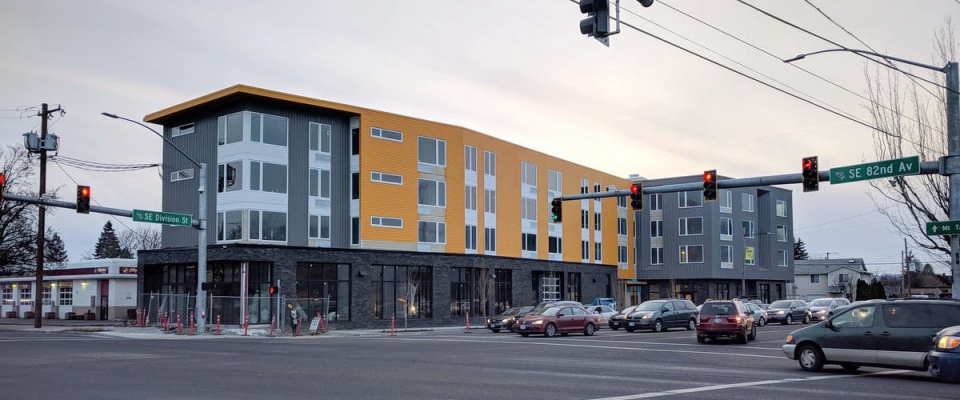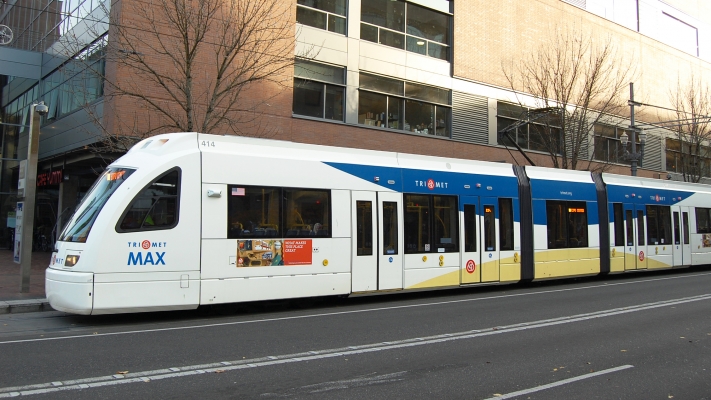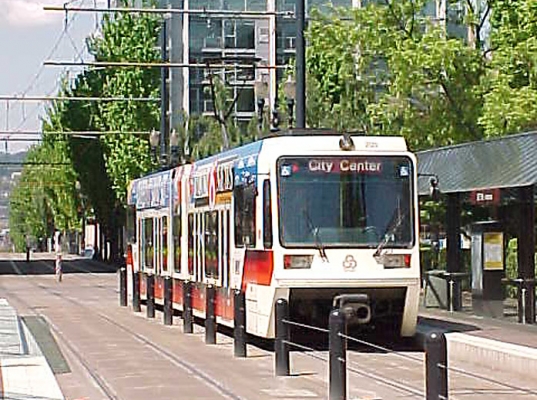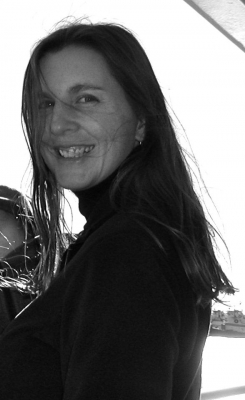This year, residents of 37 new apartment buildings in the Portland area are receiving surveys in the mail. The reason? Portland State University researchers are requesting information about how they travel.
Knowing how residents of these high-density affordable and mixed-income housing developments get around town is key to guiding future development in the metropolitan area.
Metro—the regional government of the Portland, Oregon area—strategically invests in transit-oriented development, or TOD, to help more people live in neighborhoods served by high-quality transit. In a partnership going back nearly twenty years, PSU has supported the Metro TOD program by collecting data on residents' travel habits. This latest round of surveys will add to a knowledge base that has been useful for both Metro and PSU, for several reasons.
WHY COLLECT TRAVEL DATA FROM TOD RESIDENTS?
Using this information, Metro can refine its TOD funding program model to ensure that future developments achieve intended outcomes.
Patrick McLaughlin, senior development project manager for housing and transit-oriented development at Metro, joined the TOD project in April 2016. Part of his job is to assign gap funding to affordable housing projects...
Read more




